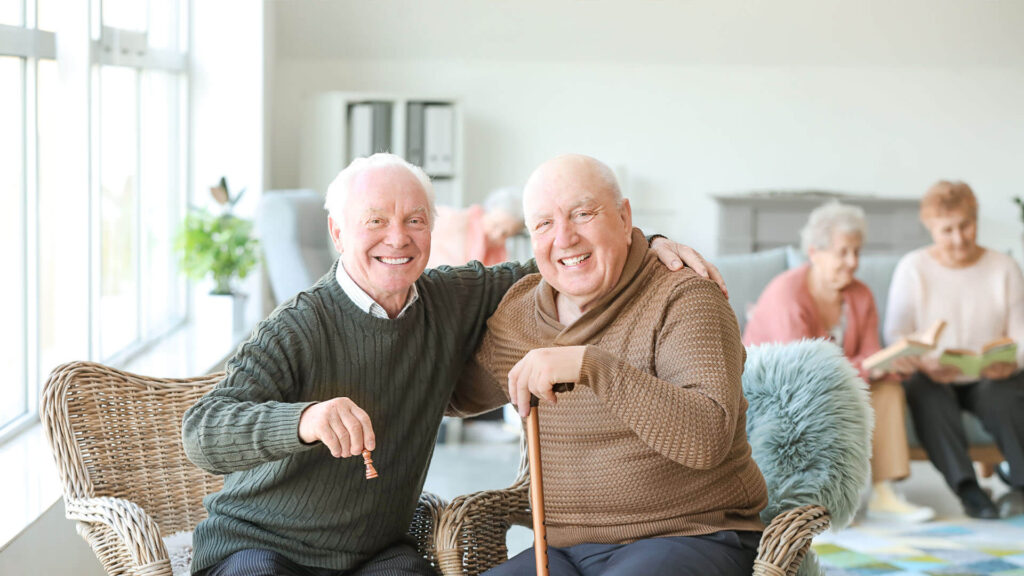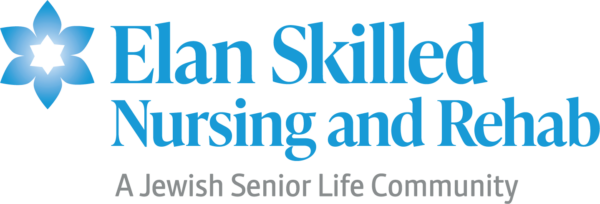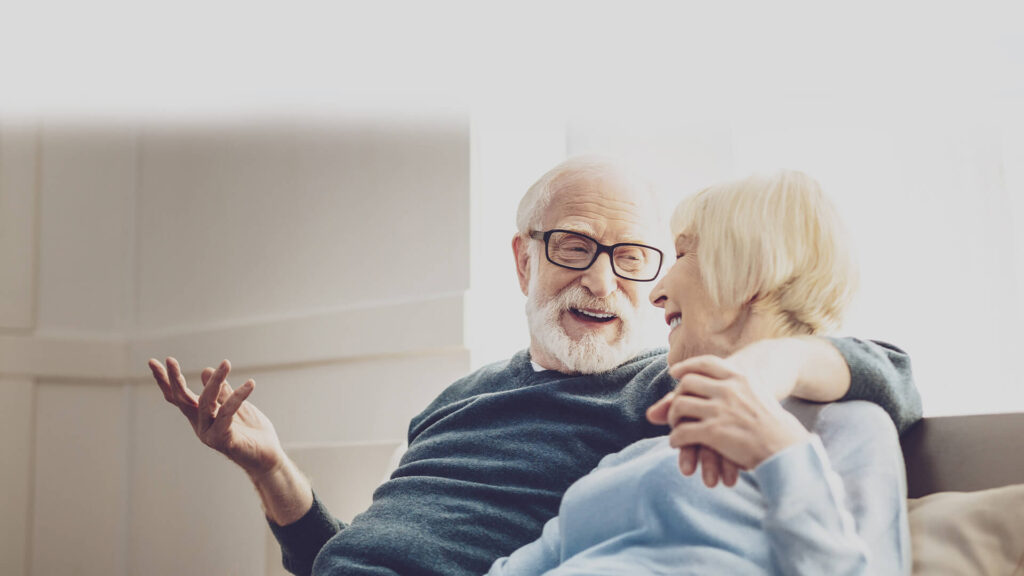July is UV Safety Month
The Importance of Sun Safety for Seniors

Ultraviolet (UV) radiation from the sun is a significant concern for people of all ages, but it poses a unique set of challenges for seniors. As we age, our skin becomes thinner and more susceptible to damage, making it crucial for older adults to understand and take steps to protect themselves from UV exposure.
Understanding UV Radiation
UV radiation is a type of energy produced by the sun and some artificial sources. It is divided into three primary types:
- UVA: These rays penetrate deep into the skin and can contribute to premature aging and skin cancer.
- UVB: These rays are responsible for sunburn and also play a significant role in the development of skin cancer.
- UVC: These rays are absorbed by the Earth’s atmosphere and do not reach the ground.
For seniors, both UVA and UVB rays are of concern, as they can lead to various skin issues and increase the risk of skin cancer.
Risks of UV Exposure for Seniors
- Increased Risk of Skin Cancer: The cumulative effect of sun exposure over a lifetime means seniors are at a higher risk of developing skin cancer. This includes basal cell carcinoma, squamous cell carcinoma, and the more dangerous melanoma.
- Accelerated Skin Aging: UV radiation can cause wrinkles, age spots, and a leathery texture to the skin, making it appear older.
- Eye Damage: Prolonged exposure to UV rays can lead to cataracts, macular degeneration, and other eye conditions.
- Weakened Immune System: Excessive UV exposure can suppress the immune system, reducing the skin’s ability to protect against diseases.
Protective Measures
Seniors can take several steps to protect themselves from harmful UV rays:
- Wear Protective Clothing
- Long-Sleeved Shirts and Pants: Opt for tightly woven fabrics that offer better protection.
- Wide-Brimmed Hats: These can shield the face, neck, and ears from direct sunlight.
- UV-Blocking Sunglasses: Choose sunglasses that block 100% of UVA and UVB rays to protect the eyes.
Use Sunscreen
- Broad-Spectrum Sunscreen: Use a sunscreen with an SPF of at least 30 that provides protection against both UVA and UVB rays.
- Reapply Regularly: Reapply sunscreen every two hours, or more often if swimming or sweating.
Seek Shade
- Avoid Peak Sun Hours: Try to stay indoors or in shaded areas between 10 a.m. and 4 p.m., when the sun’s rays are strongest.
- Utilize Umbrellas or Shade Structures: When outdoors, seek areas that provide natural or artificial shade.
Monitor Skin Changes
Regular Skin Checks: Perform regular self-examinations and schedule annual check-ups with a dermatologist to monitor for any changes in the skin.
Understanding and mitigating the risks associated with UV exposure is essential for seniors to maintain healthy skin and overall well-being. By taking proactive measures, older adults can enjoy the sun safely and reduce their risk of skin-related issues. Always remember that protecting your skin is a lifelong commitment, and it’s never too late to start.
 Dr. Ken Sebastianelli has served as Medical Director for Elan Skilled Nursing and Rehab, a Jewish Senior Life Community, since 2012. Dr. Sebastianelli is a board-certified Internal Medicine practitioner with Prime Med Medical Group, and is affiliated with Geisinger Community Medical Center and Moses Taylor Hospital. He is also a member of the Medical Executive Committee at Geisinger Community Medical Center.
Dr. Ken Sebastianelli has served as Medical Director for Elan Skilled Nursing and Rehab, a Jewish Senior Life Community, since 2012. Dr. Sebastianelli is a board-certified Internal Medicine practitioner with Prime Med Medical Group, and is affiliated with Geisinger Community Medical Center and Moses Taylor Hospital. He is also a member of the Medical Executive Committee at Geisinger Community Medical Center.





